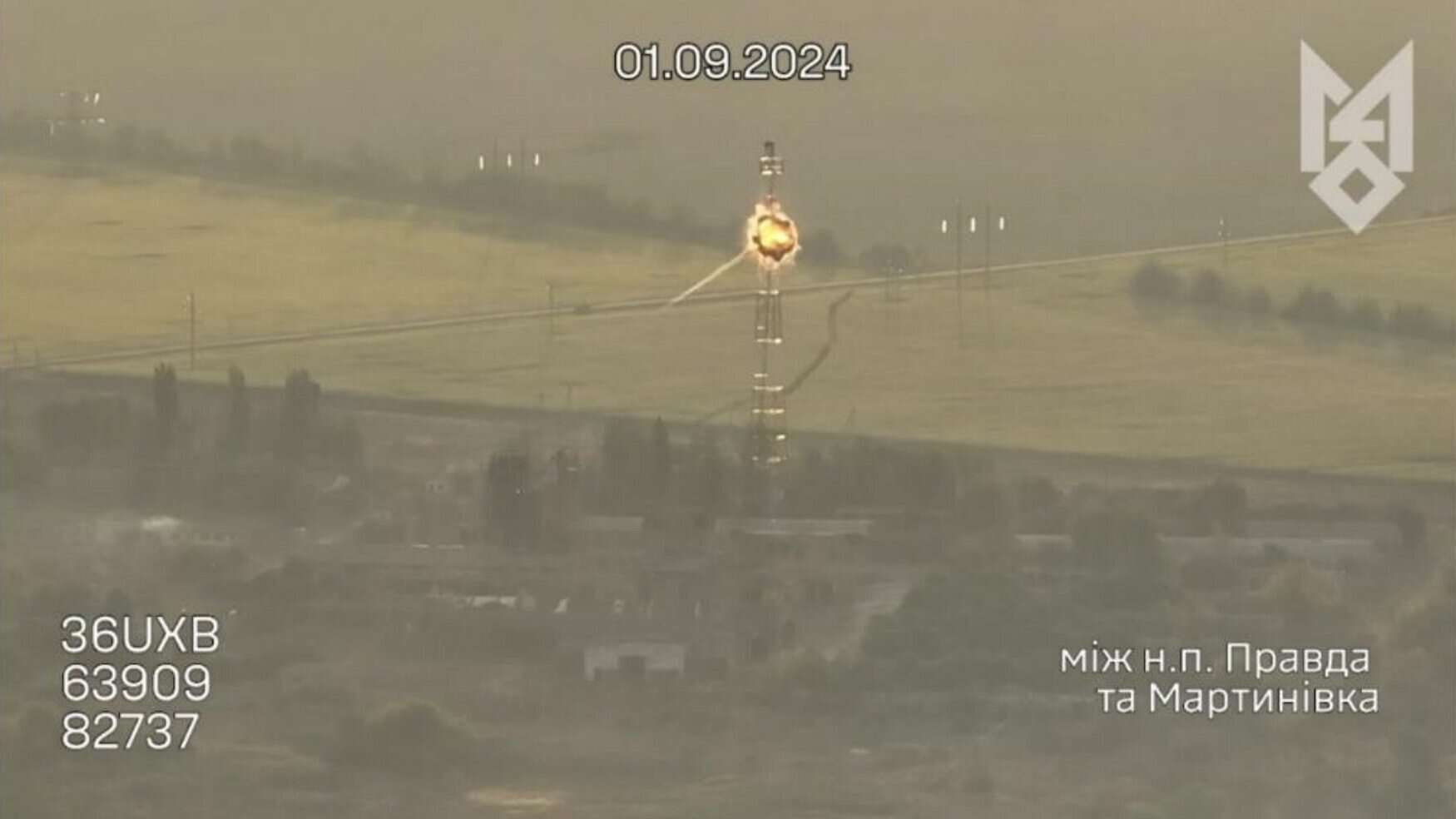
A Ukrainian special forces unit described its experience with using American high-precision laser-guided Copperhead shells during the Kursk region operation.
This became known from the “leaked” documentation of the Special Operations Forces of the Armed Forces of Ukraine, which was translated and shared in the Russian Telegram channels.
The report on the military operation in the Kursk region, dated from early August to September, describes in detail the experience of using the M712 Copperhead shells by the forward observation group of the SOF.
The M712 is a guided 155mm artillery round developed in the United States in the 1970s as a laser-guided precision strike weapon.
The Copperhead is equipped with a conventional high-explosive or fragmentation warhead to combat armored vehicles. It can be used by conventional 155-mm howitzers and has a range of 3 to 16 kilometers.

The United States first used these projectiles during the 1991 Iraq War. Today, they are no longer produced. According to open data, in 1995, the United States had about 20,000 of these shells in its inventory.
The unit’s task was to enter the mission area, search for a target to guide the shells, and check their accuracy and effectiveness in hitting the selected objects.
The M712 projectile with a high explosive warhead was selected for the task. Its guidance was performed using a LEONARDO Type 163 Laser target designator.

After arriving at the position of one of the Defense Forces units, which was located near the line of contact, the group learned from its commander about the situation in the area of responsibility, possible targets, and locations from which to target.
Together with a representative from the defense forces unit as a guide, the SOF subunit (4 operators) moved to the position to install the laser designator (LD). The subunit consisted of:
The rest of the unit (3 operators) remained to guard the vehicles, acting as a rapid response team to assist the targeting subunit.
Upon arrival, the LCV operator placed the laser on the bracket and pointed it at the target to check the correctness of the aiming. After adjusting the targeting parameters, the sub-team contacted the artillery unit of the Defense Forces, which had M777 howitzers and Copperhead ammunition.
The program codes for the interaction between the targeting device and programmed shells (a four-digit digital code, such as “1111”) were taken.

After confirmation of readiness, the artillery unit fired a projectile, during the entire flight of which the operator illuminated the target with a laser targeting device.
After the first hit, a second shot was fired, which also hit, resulting in a partial tilt of the support beam, but not complete destruction, due to the use of an ineffective high explosive munition for such tasks.
In cooperation with the Special Forces unit, the artillerymen also fired a third shot that missed the target. The reason for the miss was a physical malfunction of the projectile: the projectile guidance lens was damaged and obscured by smoke as a result of burning.
The unit’s operators noted in their report that it is recommended to aim at the target at a right angle to increase the likelihood of the projectile hitting the target. Targeting should be direct or from the bottom up.
In addition, the laser beam and the LOC in operation mode can be detected by certain types of thermal imaging equipment but not by night vision equipment.
Operators also recommended considering the use of drones with laser targeting capabilities, which may indicate a lack of experience with such capabilities with Copperhead projectiles.
Підтримати нас можна через:
Приват: 5169 3351 0164 7408
PayPal - paypal@mil.in.ua
Стати нашим патроном за лінком ⬇
Subscribe to our newsletter
or on ours Telegram
Thank you!!
You are subscribed to our newsletter